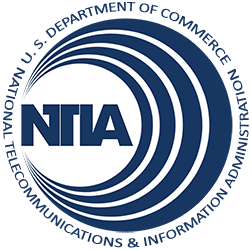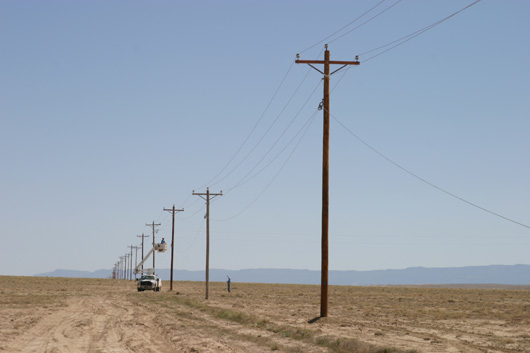Digital Learning Program Prepares Students for School, Careers and Life in the 21st Century
Today is Digital Learning Day, a nationwide celebration of the innovative use of technology in education to improve learning and prepare students to succeed in college and careers in the 21st century.
The Obama administration recognizes the critical importance of digital learning to our nation’s future. Just yesterday, the White House announced over $750 million in private-sector commitments to supply free software, devices, home wireless connectivity and professional development support for teachers. These pledges bring us an important step closer to achieving the President’s ConnectED goal to get ultra-fast Internet connections and educational technology into K-12 classrooms nationwide.


 The BTOP map went live in 2012 with data submitted by NTIA’s grantees in their 2011 progress reports. And we recently updated the map using data from last year’s progress reports.
The BTOP map went live in 2012 with data submitted by NTIA’s grantees in their 2011 progress reports. And we recently updated the map using data from last year’s progress reports.